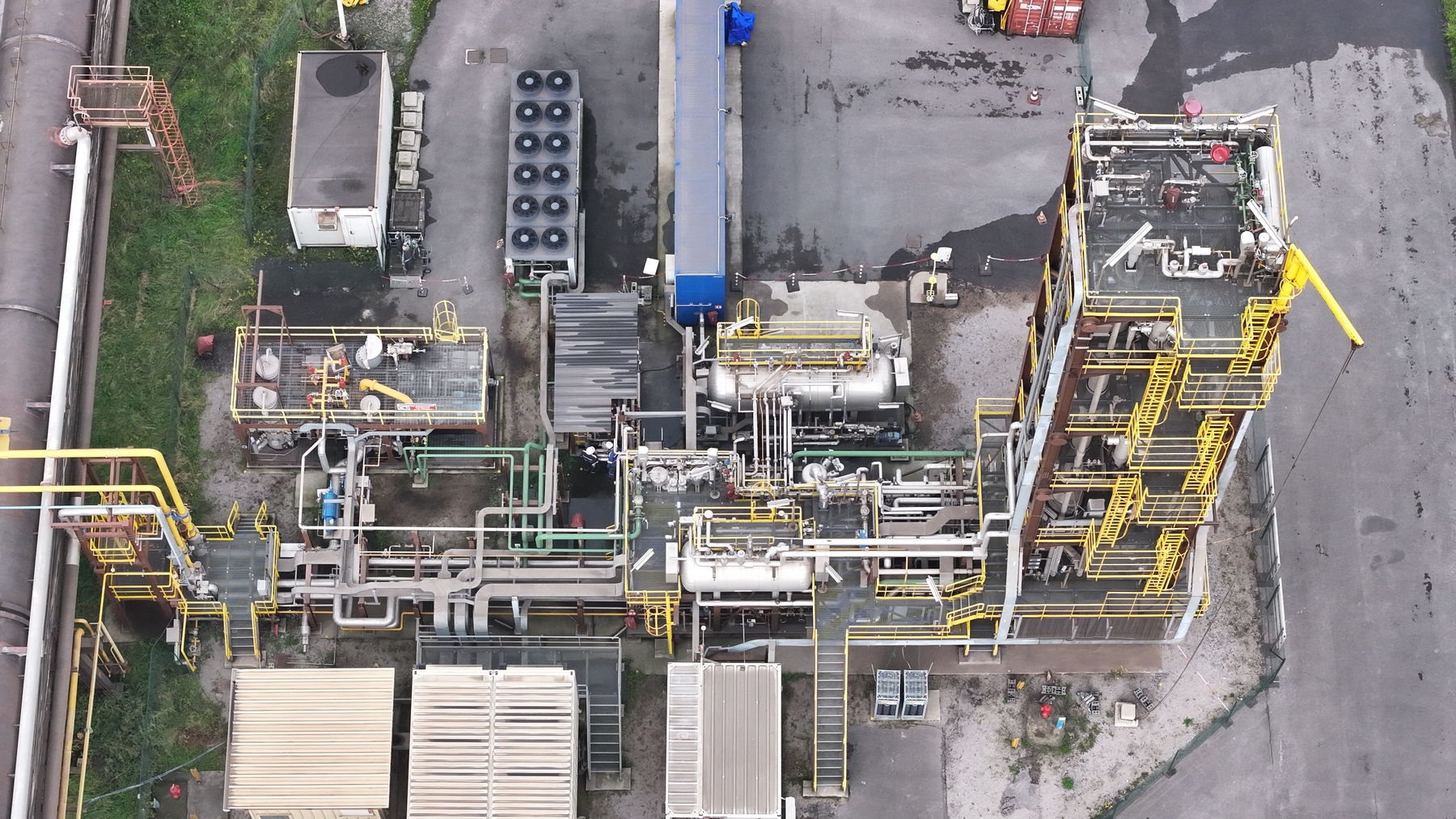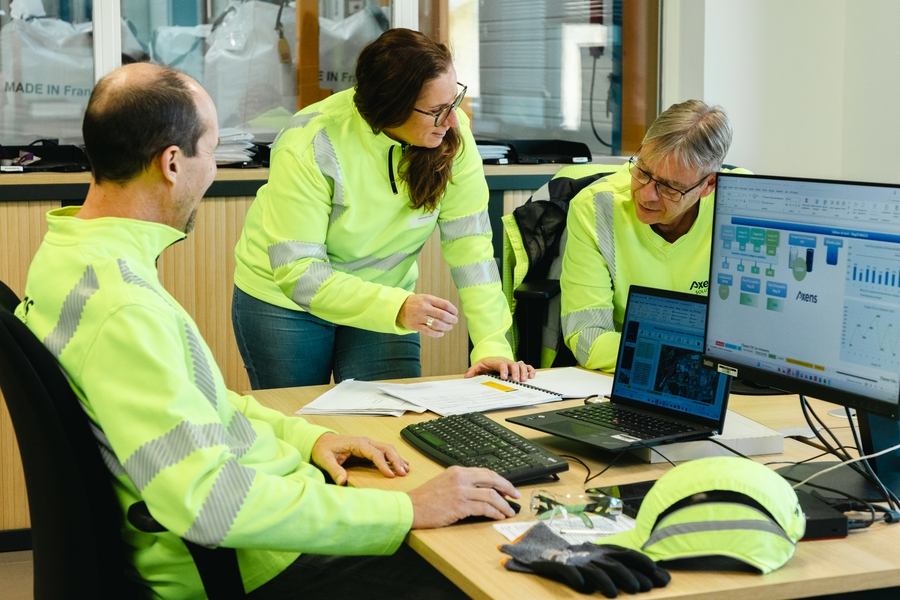
Abatting & Valorizing CO₂
CO₂ capture and utilization (CCUS) is a crucial strategy for achieving carbon neutrality. CCUS encompasses two main approaches: carbon capture and storage (CCS), which permanently sequesters CO₂ emissions from industrial sources, and carbon capture and utilization (CCU), which repurposes CO₂ for various applications, supporting a circular carbon economy. These technologies mitigate climate change by reducing GHG emissions and offer economic benefits. As climate action urgency grows, CCUS is increasingly integrated into regulatory frameworks and policy agendas worldwide, making it an essential component of sustainable development.
Axens is dedicated to advancing CCUS technologies. Our expertise in process design, catalysis, and energy efficiency enables us to offer tailored solutions that meet customer needs. With a focus on reducing costs and improving the environmental performance of CCUS systems, we are accelerating the transition to a low-carbon future.
Our Solutions
CO₂ Capture
CO₂ Conditioning
CO₂ Utilization
From 10 to 20% of cumulative GHG emissions abated by 2050 thanks to CCS
Years of experience on Carbon Capture
The 3D Project (DMX™ Demonstrator in Dunkirk) takes part inis part of a Pre-FEED study, a full-scale CCS project aiming to capture 1 MtCO₂/year
CO₂ Capture process, DMX™
The 3D project (DMX™ Demonstration in Dunkirk) is an innovative initiative led by Axens and a consortium of European partners to demonstrate an advanced CO2 capture process. The project focuses on using the DMX™ technology, which significantly reduces energy consumption for CO2 capture by nearly 35% compared to traditional methods
The pilot plant, located at the ArcelorMittal Dunkirk, France, aims to capture CO2 from blast furnace gases emitted during steel production.
This project is a crucial step towards large-scale deployment of carbon capture and storage (CCS) technologies, helping to reduce emissions from hard-to-abate industries and meet global climate targets

Demonstration of the
After 2 years of testing, the DMXTM demonstration plant has delivered results beyond expectations. Proven in real word conditions and ready to scale across industries.
Documentations
Resources
Webinar - Axens Post Combustion Carbon Capture with DMX™ Technology
Technical Article - DMX CO2 capture technology, an industrial demonstration
Carbon Capture: an Introduction to the Mature and Emerging Technologies
What is the Current Status of CCS Facilities Around the World?
Carbon Capture: an Introduction to the Mature and Emerging Technologies
What is the Current Status of CCS Facilities Around the World?
How the Different Energy Policy Choices and Technological Solutions Affect GreenHouse Gas Emissions Reduction?
What Are the Main Sectors Emitting CO2?
White Paper - Carbon Capture & Storage
Technical Article - DMX CO2 capture technology, an industrial demonstration
Successful demonstration in Dunkirk of the CO₂ capture DMX™ process
DORIS, Axens, AWT International, SeaQuester and Surbana Jurong announce the CCS Hub Alliance decarbonisation solution for hard-to-abate CO2 emitters
DORIS and Axens signed a MOU for Carbon Capture, Utilization and Storage services
Técnicas Reunidas and Axens Sign an Agreement to Develop Carbon Capture and Storage Projects

Webinar - Axens Post Combustion Carbon Capture with DMX™ Technology
Read more
Video - 3D Project: a European Project for CCS on an Industrial Scale
Read more
Video - Reducing GHG Emissions with Carbon Capture
Read moreGet in Touch with Us!
Have questions about our offers and solutions or need assistance? The Axens team is here to help. Just a message away!


